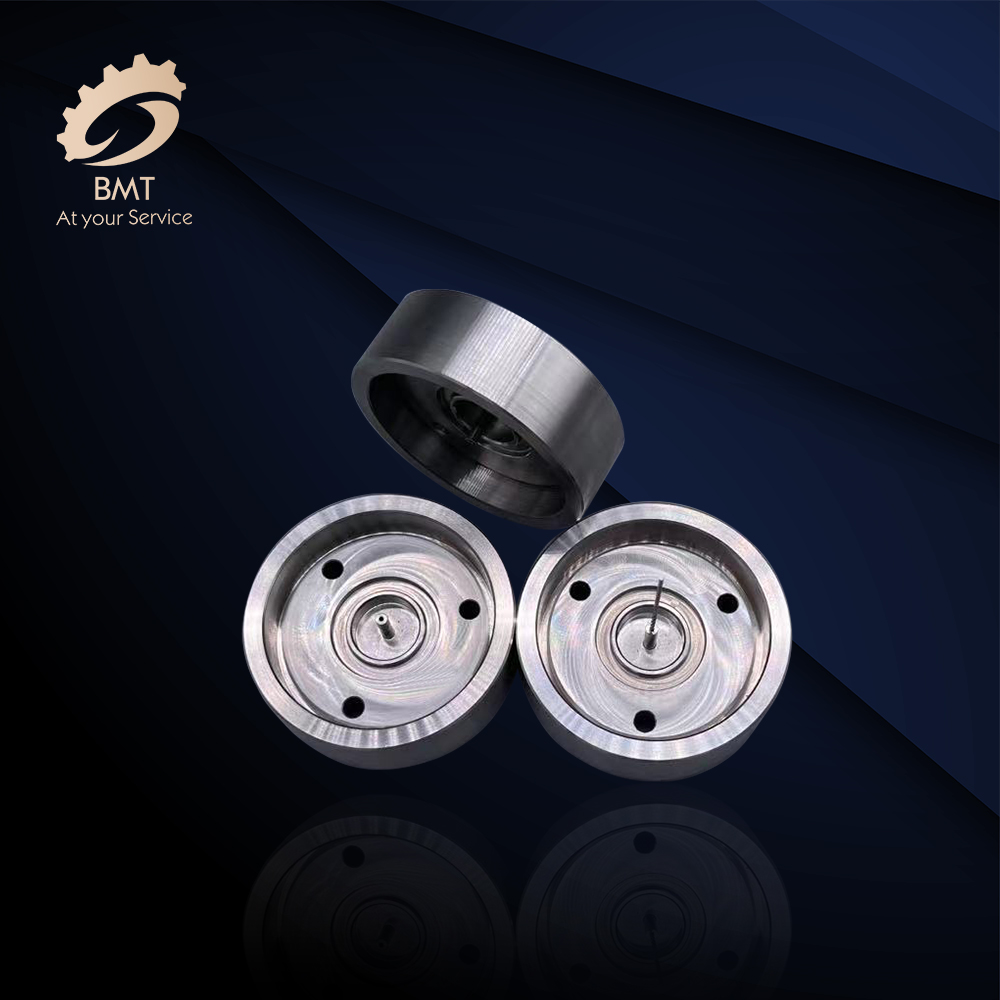Processing Technology
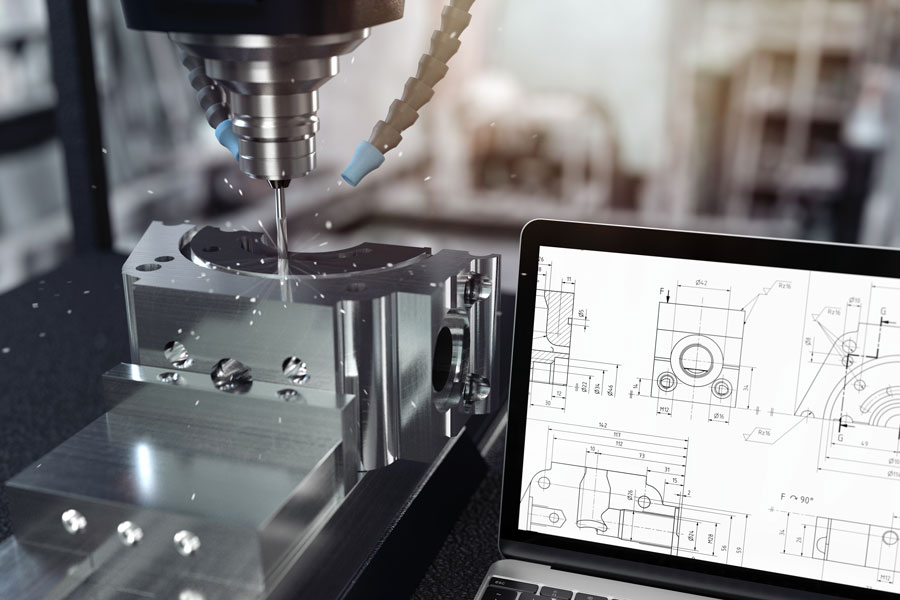
Grinding Machine
Grinder is a machine tool that uses abrasive tools to grind the workpiece surface. Most grinders use high-speed rotating grinding wheels for grinding, while a few use oilstone, abrasive belt and other abrasives and free abrasive for processing, such as honing mill, superfinishing machine tool, abrasive belt grinder, grinder and polishing machine.
Processing Range
Grinders can process materials with higher hardness, such as hardened steel, hard alloy, etc; It can also process brittle materials, such as glass and granite. The grinder can grind with high precision and small surface roughness, and also can grind with high efficiency, such as powerful grinding.
Grinding Development History
In the 1830s, in order to adapt to the processing of hardened parts such as clocks, bicycles, sewing machines and guns, Britain, Germany and the United States developed grinders using natural abrasive wheels. These grinders were remade by adding grinding heads to existing machine tools at that time, such as lathes and planers. They were simple in structure, low in stiffness, and easy to generate vibration during grinding. Operators were required to have high skills to grind precise workpieces.
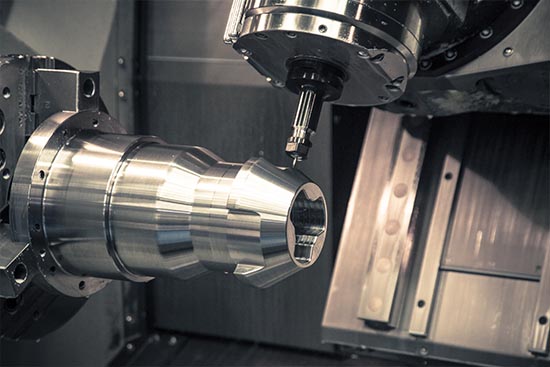
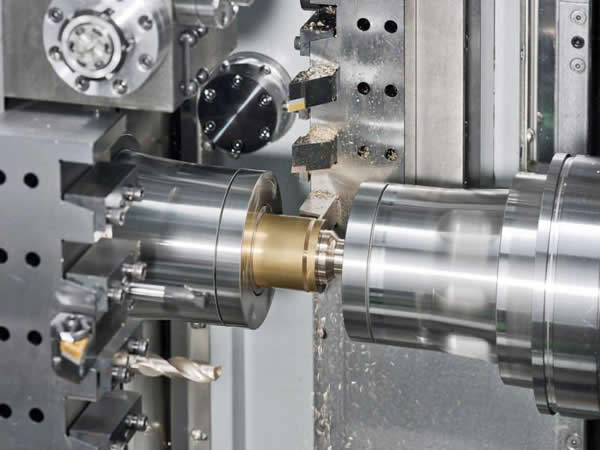
The universal cylindrical grinder manufactured by Brown Sharp Company of the United States, which was exhibited at the Paris Expo in 1876, is the first machine with the basic characteristics of modern grinders. Its workpiece head frame and tailstock are installed on the reciprocating workbench. The box shaped bed improves the rigidity of the machine tool, and is equipped with internal grinding accessories. In 1883, the company made a surface grinder with a grinding head mounted on a column and a workbench moving back and forth.
Around 1900, the development of artificial abrasives and the application of hydraulic drive have greatly promoted the development of grinding machines. With the development of modern industry, especially automobile industry, various types of grinding machines have come out one after another. For example, at the beginning of the 20th century, a planetary internal grinder, a crankshaft grinder, a camshaft grinder and a piston ring grinder with an electromagnetic suction cup were successively developed to process the cylinder block.

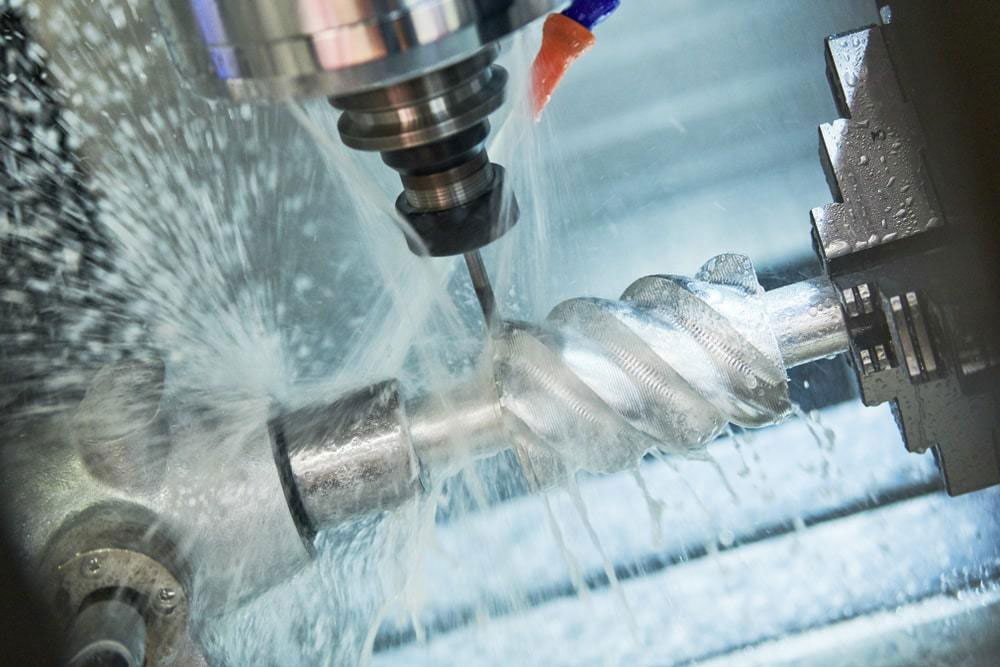
The automatic measuring device was applied to the grinder in 1908. Around 1920, centerless grinder, double end grinder, roll grinder, guide rail grinder, honing machine and super finishing machine tool were successively manufactured and used; In the 1950s, a high-precision cylindrical grinder for mirror grinding appeared; At the end of 1960s, high-speed grinding machines with grinding wheel linear speed of 60~80m/s and surface grinding machines with large cutting depth and creep feed grinding appeared; In the 1970s, digital control and adaptive control technologies using microprocessors were widely used on grinding machines.
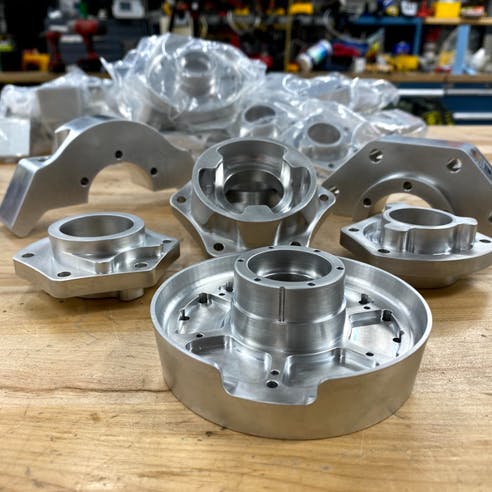
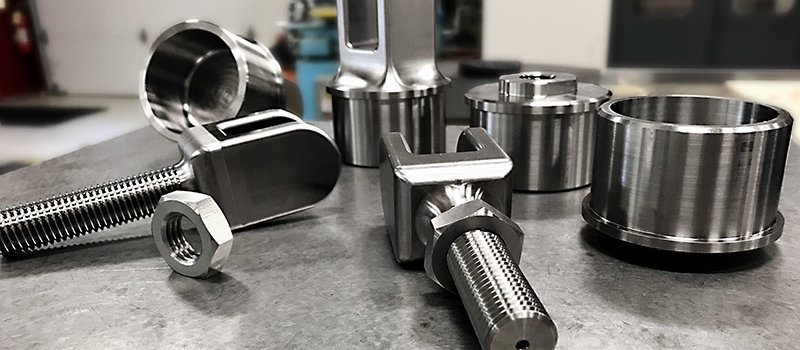
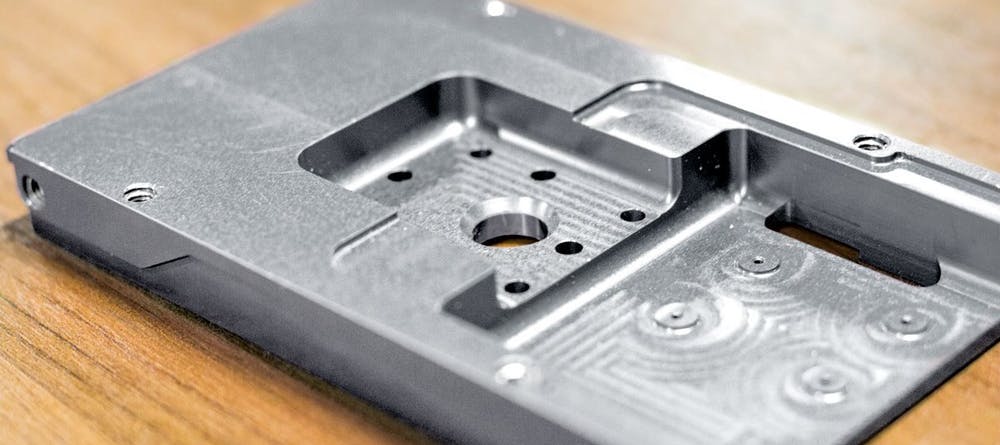
Send your message to us:
-
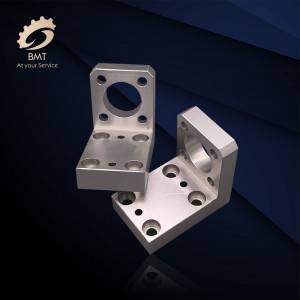
Aluminum CNC Machining Parts
-
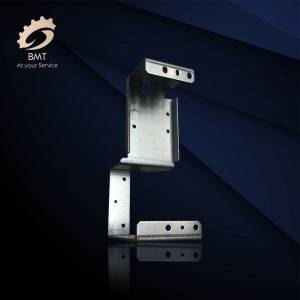
Aluminum Sheet Metal Fabrication
-

Axis High Precision CNC Machining Parts
-

CNC Machined Parts for Italy
-

CNC Machining Aluminum Parts
-
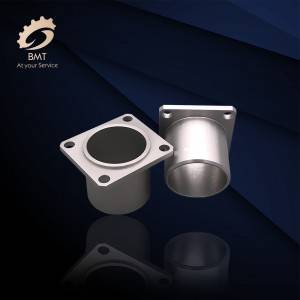
Auto Parts Machining
-

Titanium Alloy Forgings
-

Titanium and Titanium Alloy Fittings
-

Titanium and Titanium Alloy Forgings
-

Titanium and Titanium Alloy Wires
-
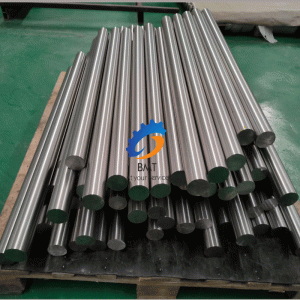
Titanium Bars
-

Titanium Seamless Pipes/Tubes
-
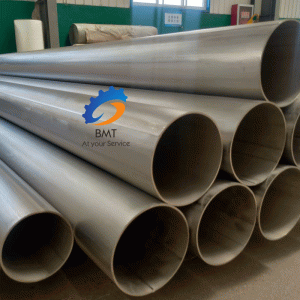
Titanium Welded Pipes/Tubes

